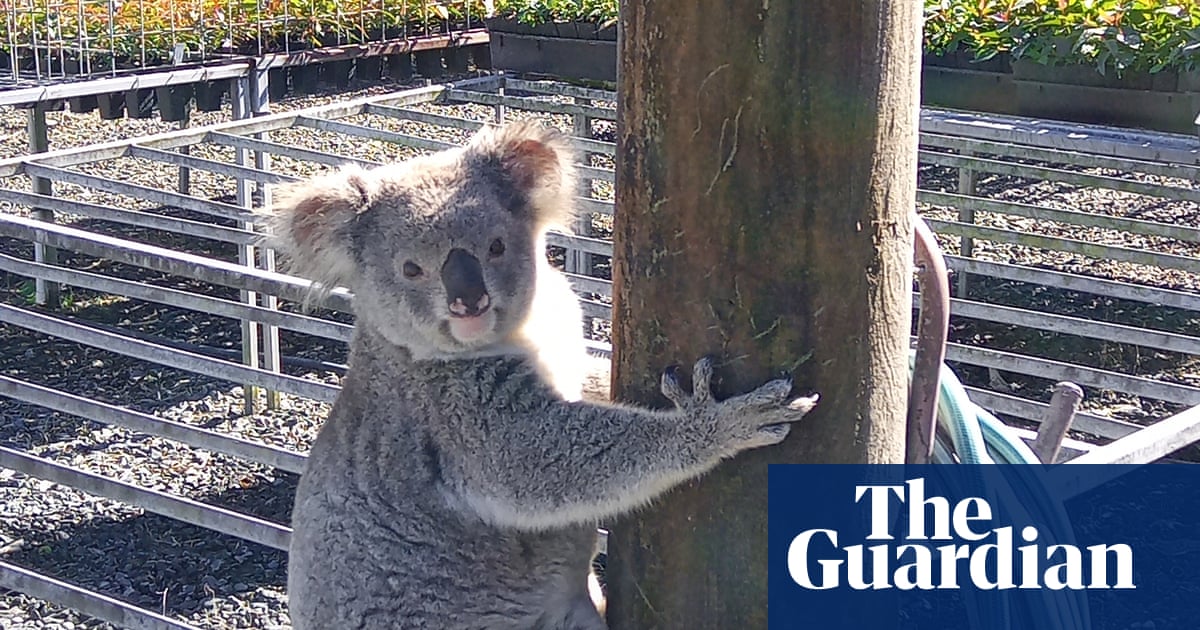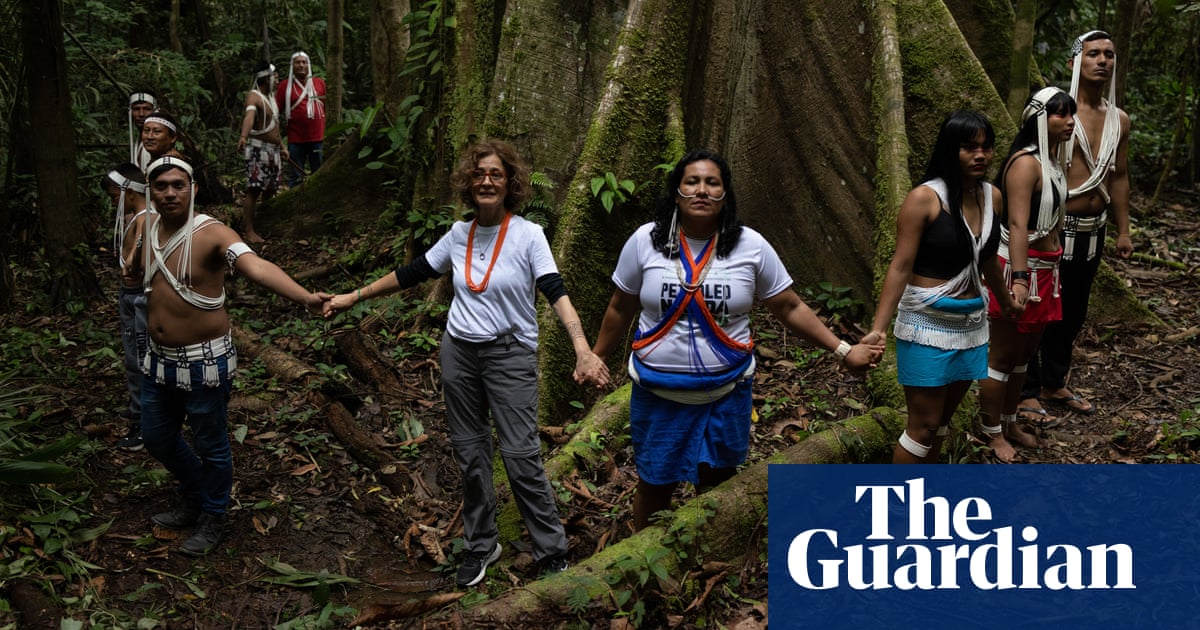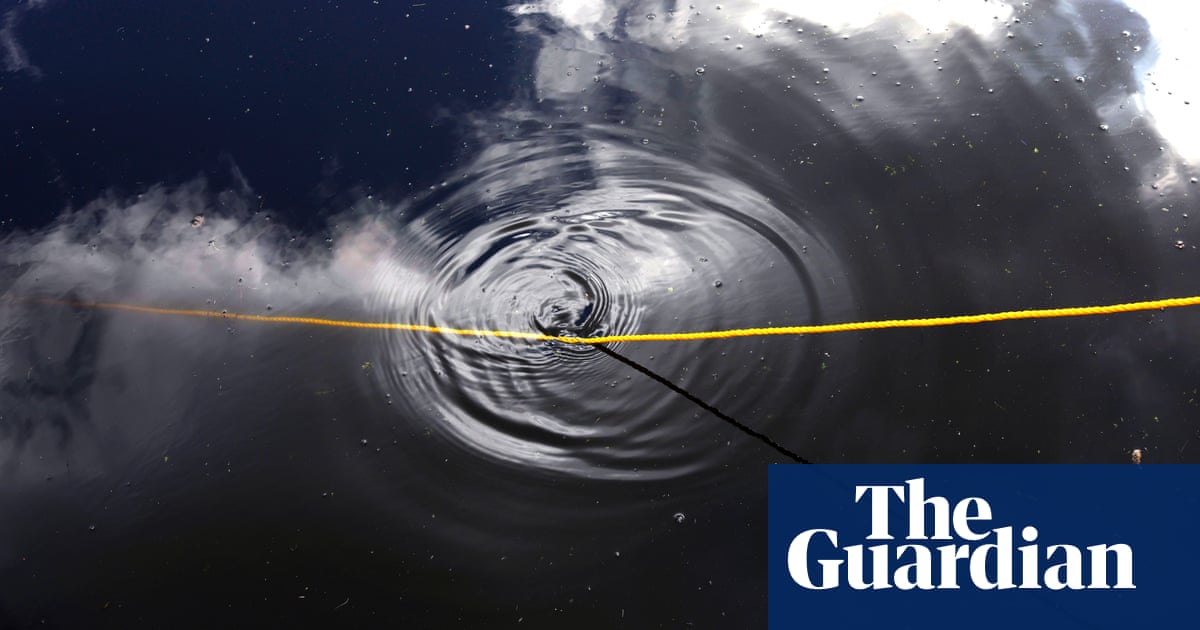A leading federal scientist in Canada has alleged he was barred from investigating a mystery brain illness in the province of New Brunswick and said he fears more than 200 people affected by the condition are experiencing unexplained neurological decline.
The allegations, made in leaked emails to a colleague seen by the Guardian, have emerged two years after the eastern province closed its investigation into a possible “cluster” of cases.
“All I will say is that my scientific opinion is that there is something real going on in [New Brunswick] that absolutely cannot be explained by the bias or personal agenda of an individual neurologist,” wrote Michael Coulthart, a prominent microbiologist. “A few cases might be best explained by the latter, but there are just too many (now over 200).”
New Brunswick health officials warned in 2021 that more than 40 residents were suffering from a possible unknown neurological syndrome, with symptoms similar to those of the degenerative brain disorder Creutzfeldt-Jakob disease. Those symptoms were varied and dramatic: some patients started drooling and others felt as though bugs were crawling on their skin.
A year later, however, an independent oversight committee created by the province determined that the group of patients had most likely been misdiagnosed and were suffering from known illnesses such as cancer and dementia.
The committee and the New Brunswick government also cast doubt on the work of neurologist Alier Marrero, who was initially referred dozens of cases by baffled doctors in the region, and subsequently identified more cases. The doctor has since become a fierce advocate for patients he feels have been neglected by the province.
A final report from the committee, which concluded there was no “cluster” of people suffering from an unknown brain syndrome, signalled the end of the province’s investigation.
But leaked emails viewed by the Guardian tell a starkly different story and suggest senior research scientists in Canada’s public health agency (PHAC) remain increasingly concerned over the cause – and the debilitating symptoms – of an seemingly unexplained illness that disproportionately affects younger people.
In an October 2023 email exchange with another PHAC member, Coulthart, who served as the federal lead in the 2021 investigation into the New Brunswick illness, said he had been “essentially cut off” from any involvement in the issue, adding he believed the reason was political.
Coulthart, a veteran scientist who currently heads Canada’s Creutzfeldt-Jakob Disease Surveillance System, did not respond to a request for comment by the Guardian. But in the leaked email, he wrote that he believes an “environmental exposure – or a combination of exposures – is triggering and/or accelerating a variety of neurodegenerative syndromes” with people seemingly susceptible to different protein-misfolding ailments, including Alzheimer’s disease and Parkinson’s disease.
Coulthart argues this phenomenon does not easily fit within “shallow paradigms” of diagnostic pathology and the complexity of the issue has given politicians a “loophole” to conclude “nothing coherent” is going on.
“I believe the truth will assert itself in time, but for now all we can do … is continue to collect information on the cases that come to us as suspect prion disease,” Coulthart wrote.
Copies of the email exchange were sent to the parliamentary health committee by a patient advocacy group in March, but it is unclear whether any action was taken. The committee did not respond to a request for comment.
New Brunswick’s health department did not respond to specific questions about Coulthart’s emails.
“Although Dr Alier Marrero has made statements regarding findings and observations with regards to a large number of patients, since May 2023, Public Health New Brunswick has received a total of only 29 complete notifications from Dr Marrero,” a spokesperson for the province’s health department told the Guardian in an email.
“These are being reviewed … to date, Public Health New Brunswick has not received any similar notifications from other physicians.”
Coulthart’s email emerged more than a year after Marrero pleaded with the Canadian government to carry out environmental testing he believed would show the involvement of glyphosate.
Marrero, who initially worked closely with Coulthart, declined to comment on the October emails, instead directing questions to the province’s health authority.
In the years since the cases were first flagged to health officials, those suffering say various levels of government have ignored their plight.
“Politicians don’t want to acknowledge there is something serious going on, because then they need to address it,” said one young woman, adding that ever since the province issued its final report, she has received no assistance or follow-up, despite experiencing worsening symptoms.
She now suffers from muscle tremors and poor coordination, and was told by doctors her visual and memory deterioration is reminiscent of a patient several decades older.
“My condition is progressing and things have been much more challenging,” she said. The woman, who asked not to be named, is unable to cook because her hands are too hard to control and she now relies nearly exclusively on frozen meals. As her memory deteriorates, she requires constant reminders from her smart speaker to take medications, to shower and to eat.
“I miss being able to drive and to have a sense of independence,” she says. “I don’t recognize myself on the inside.”









